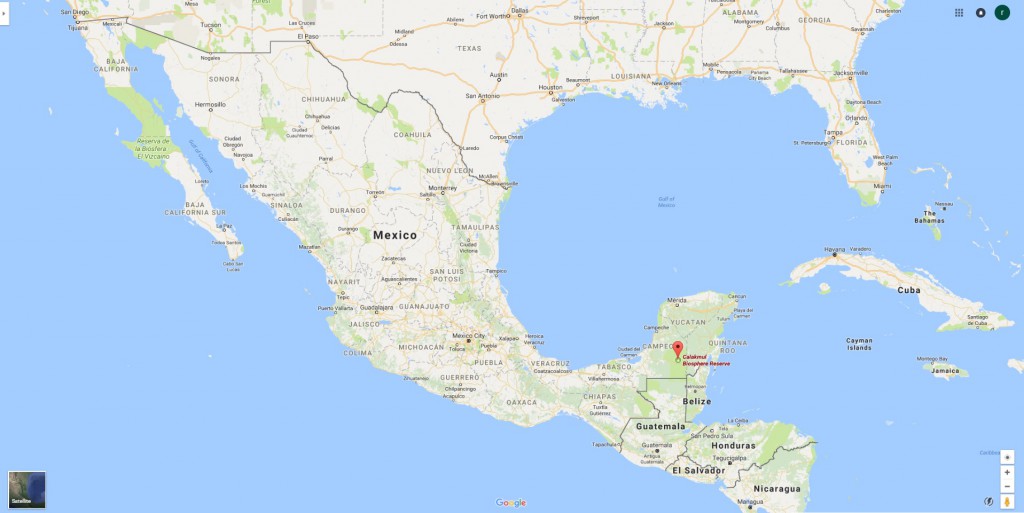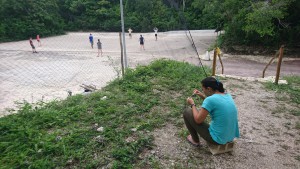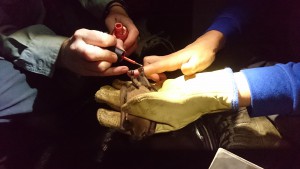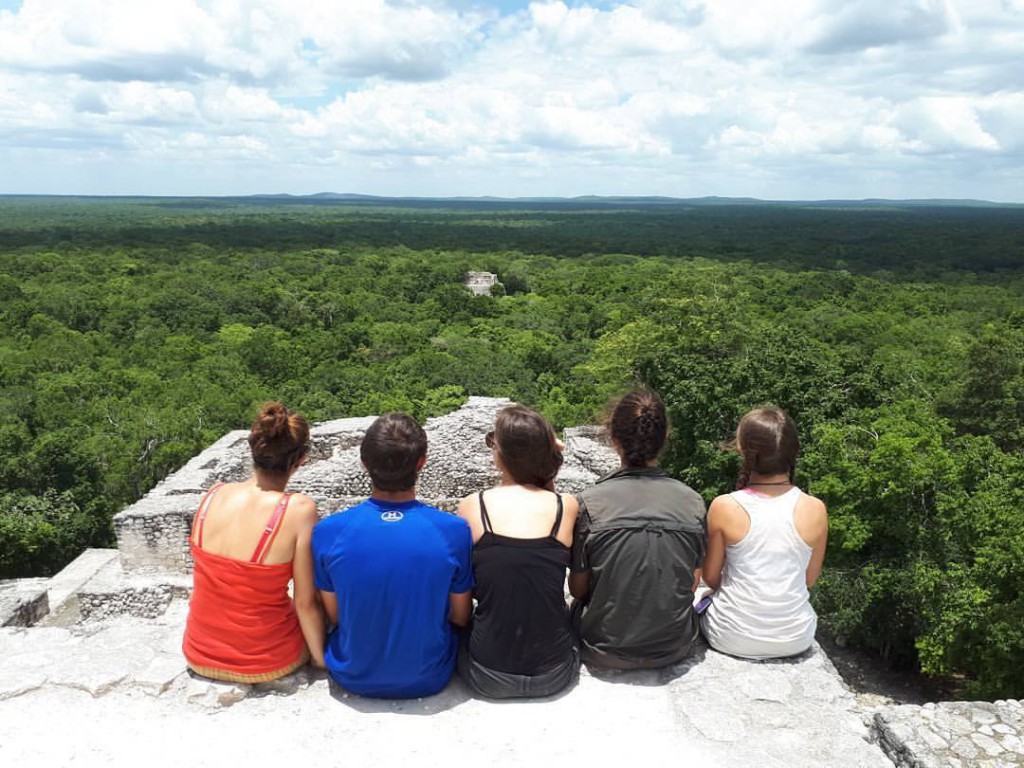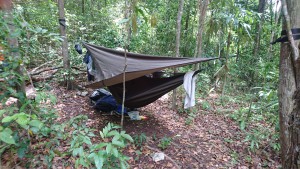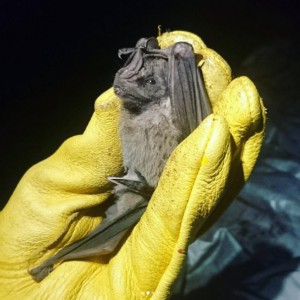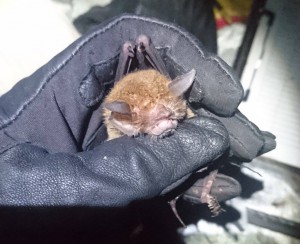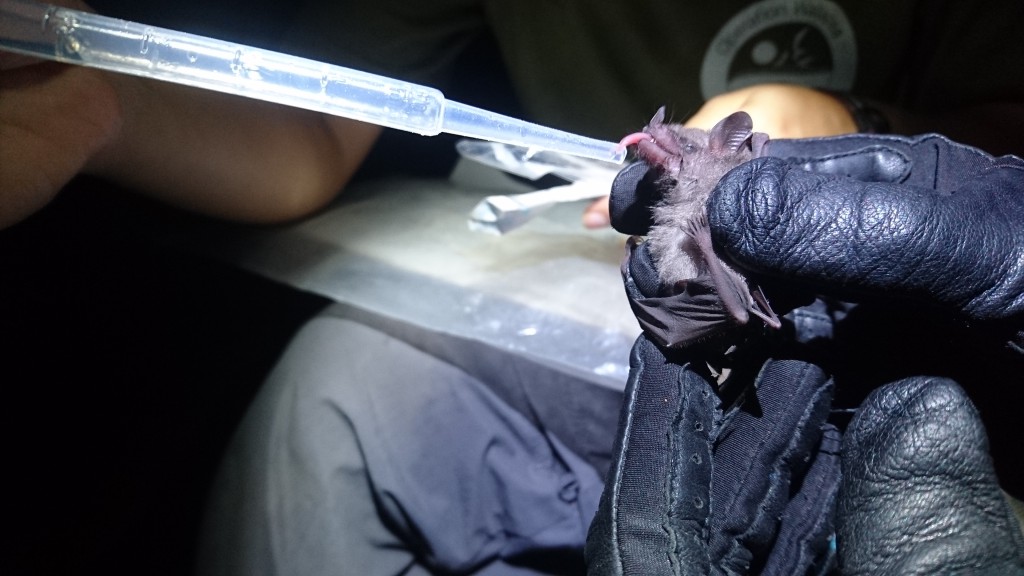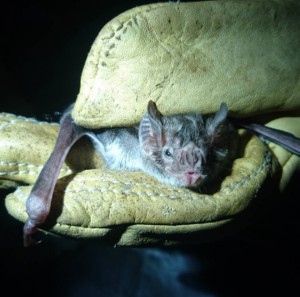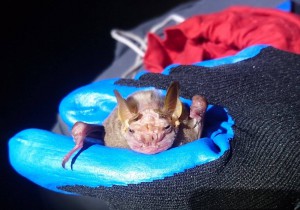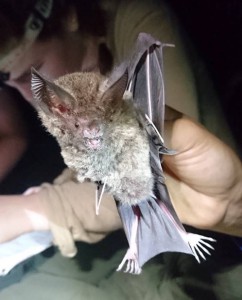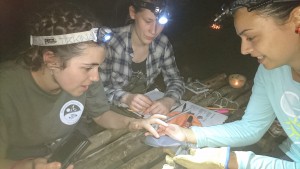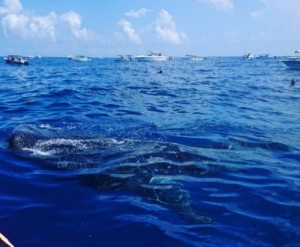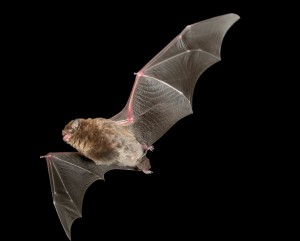Adventures of an NGT Bat Scientist… in Mexico!
While other NGTers were slogging away in the rain doing reveg and working on other projects this winter, I recently had the pleasure to escape to the Mexican summer for three months!
Just a couple of months earlier my interest was piqued by a job ad looking for bat scientists for projects in several exotic locations including Mexico, Honduras, Transylvania, and Fiji. How could I resist? With Mark’s support, I sent in my application and from there things moved very quickly, from a Skype interview with the Senior Herpetologist and Biodiversity Coordinator for the Mexican part of the organisation, to the job offer, to leaving my projects here in the capable hands of Nicole for a few months.
Once I arrived in Cancun, Mexico in early June, I had one day to acclimatise (not nearly enough to recover from the jet lag!) before heading to Calakmul Biosphere Reserve with a bus-full of other (mostly) young science and conservation professionals from around the world. We were employed by Operation Wallacea (OpWall), a UK-based organisation dedicated to biodiversity conservation and environmental education, which runs projects in 15 different countries around the globe.
After a long bus-ride we arrived at our jungle home for the summer, Calakmul Biosphere Reserve. This large reserve of more than 700,000 hectares is situated in south-eastern Mexico bordering Guatemala. Calakmul is connected to other protected areas in Mexico and Guatemala, forming a total of 2 million hectares of forest. The Yucatan Peninsula (made up of the Mexican states of Yucatan, Campeche, and Quintana Roo) is a known biodiversity hot-spot, and the reserve itself contains about 300 species of birds, 94 species of mammals, and 73 reptiles.
Before we go any further, a bit about bats. There are currently more than 1300 recognised species of bats in the world which means they make up about a quarter of all mammal species! Here in south-eastern Australia we have about 15 species, while in the Yucatan there are about 50. Bats are the only mammal capable of real flight (other animals such as sugar gliders and squirrel gliders don’t actually fly), and they provide a range of important ecosystem services. While insectivorous bats consume thousands of insects per night (free pest control!), frugivorous and nectivorous bats are important pollinators and seed dispersers. Another common misconception is that bats only live in caves; while many species do in fact roost in caves, others roost in nooks and crannies in trees, tents made out of leaves, or artificial structures such as buildings or mine shafts.
OpWall’s long-term research is looking at climate change and other anthropogenic influences in the reserve by monitoring birds, herpetofauna (reptiles and amphibians), bats, terrestrial mammals, butterflies, and vegetation. Bats occupy a range of ecological niches and the bat species present can reflect changes in the wider ecosystem. The research is supported by paying high school and university students, mainly from the UK and the US (but also other countries including Brazil, Guatemala, and New Zealand), who join the expedition to learn survey skills and gain experience in field biology.
My day-time activities included sleeping in as long as possible (not that easy thanks to a combination of heat, sun, and boisterous staff and students), mending nets, data entry, and generally hanging out. The bat team included six other individuals from the UK, Colombia, USA, and El Salvador, and we mostly worked in pairs but occasionally alone.
We usually headed out to our designated transect in the afternoon to set the mist nets in position for that evening’s survey. We set a series of five 6-metre wide mist nets along predetermined transects in the semi-deciduous dry forest. Bats tend to fly along the forest tracks while foraging, so unlike the bird team who placed their nets parallel to the transect line, we positioned ours perpendicular.
After dinner, we returned to the site to open the nets, usually with a small group of students who would be our assistants for the evening. Students learnt how to use the identification guide to determine species based on observed characteristics (such as presence of nose-leaf, tail type, forearm length, facial stripes), and also enjoyed giving bat pedicures! Painting the bats’ toenails with nail polish was a temporary marking measure to determine recapture rates. Before we released each individual we identified its species, sex, age, and took weight and forearm measurements.
Depending on the night we worked until somewhere between midnight and 2 am, checking the nets every 20-30 minutes. Capture rates this season were a bit lower than in previous years (perhaps due to the ongoing drought in the region), but the quiet nights gave us extra time to talk about bats and generally get to know the students (we weren’t as energetic as the bird team who apparently had boot camp training between net checks!). The university students tended to be studying biology or zoology, and some were using the trip to help them determine whether they preferred terrestrial or marine biology, as their trip also included a stint at a beach site to learn to dive and participate in reef monitoring. The program was a great opportunity for the students to talk to and get advice from young professionals in the field they are considering. The high school students were more of a mixed bunch, with quite a few not having a previous interest in biology or conservation. Nonetheless, the students had a great time, although for many participants it was their first time “roughing it” and some were more comfortable with the constant heat, bugs, and long-drop toilets than others.
We rotated between four camps in the reserve, each unique in its own way. The main camp was at the site of an excellent free museum of Mayan culture and the wildlife and geology of the reserve itself. Calakmul is the name given to an enormous ancient Mayan city which is situated in the southern area of the reserve. Over 6000 buildings have been identified, of which only a small percentage have been excavated. At this camp we had normal showers, while at the other three smaller camps we used buckets. We slept in tents at all but one camp, where instead we slumbered in wonderful hammocks. Going to sleep with the sound over howler monkeys overhead each night is an experience I will always remember.
There was wildlife aplenty in the reserve, with jaguar, puma, tapir, and tamandua (anteater) all spotted during the season; a jaguar even walked through camp one night! More common animals included agouti (large guinea pig type creatures), deer, coati (raccoon-ish with long upright tail), and of course plenty of lizards, snakes, and frogs. Not to mention the innumerable mosquitos, chiggers, and ticks!
About 25 species of bats have been recorded in the reserve; not all of the bat species which occur in the Yucatan have been recorded, due to certain habitat types not occurring within the reserve and the fact that some species simply fly too high for capture in mist-nets. During the season I handled about 20 different species, all of which were new to me as I had not worked in the region before. One individual was a new record for the reserve.
Some of the more common species we caught:
Jamaican Fruit-eating Bat (Artibeus jamaicensis, affectionately known as Jammies among the bat team). As the name suggests this species is mainly a fruit eater and is a very important seed disperser throughout its distribution. This relatively large species has an incredibly strong jaw, apparently strong enough to pick up and fly away with quite large fruit – also strong enough to bite through your fingernail and into your finger as a few of us found out (don’t worry, we’d all had our rabies jabs).
Common Moustached Bat (Pteronotus parnellii). An insectivorous species which roosts in caves. Their long narrow wings enabled them to fly at great speed. They have tiny eyes but rely heavily on echolocation for foraging and navigation.
Common Long-tongued Bat (Glossophaga soricina, nicknamed Glossies). Tiny and nectivorous, these bats are known as the hummingbirds of the night. Due to their fast metabolism we often fed these bats sugar-water before releasing them.
And a couple of particularly interesting and less commonly caught species:
Common Vampire Bat (Desmodus rotundus). This bat is the most common of the just three sanguivorous (blood feeding) species in the world, all of which live in Latin America. The Common Vampire Bat generally feeds on mammal blood and is well-adapted to disturbed areas due to the introduction of livestock (a reliable food source). Despite the popular notion of vampires sucking blood, these bats simply make an incision with their sharp teeth and then lap up the blood – like kittens drinking from a saucer. Their saliva contains anti-coagulants which help keep the blood flowing, and these properties have been manufactured into a drug to increase blood flow in stroke patients. This species is also highly social, and engages in reciprocal food sharing and grooming.
Wrinkle-faced Bat (Centurio senex). The Latin name refers to hundreds and old people, in reference to their many facial grooves. A common remark about this bat is that it is “so ugly it’s cute!” and I personally can’t help but love them. Another frequent comment I heard from the students is that this species reminded them of pug dogs. However, unlike artificially-created and unhealthy squished-faced pugs, the grooves of this bat’s face serve an important purpose, directing the flow of fruit juice towards the mouth.
Fringe-lipped Bat (Trachops cirrhosus). I only caught this species at one particular location near a beautiful aguada (ephemeral wetland). The name refers to wart-like bumps on the face. This species’ preferred habitat is near waterbodies as it feeds on frogs, as well as lizards, fruit, and insects.
One species on my bat hit list was the Great False Vampire Bat (Vampyrum spectrum), which is the largest bat in the region with a wingspan of nearly a metre. On my last survey for the season, during the very last net check of the night we caught one! What an exciting way to end the season. Or so I thought – sadly, due to its large size it was not really entangled in the net at all, just hanging on and escaped as soon as we touched the net! Perhaps next time I’ll have better luck?
Most students had never seen a bat up close before, and some had preconceived ideas resulting from the fears present in popular culture (for example that bats are dirty or they fly in your hair). One of my favourite parts of the job was helping to change the minds of students (and staff) who had previously had negative feelings towards bats, so that they could see them for the beautiful creatures that they are! Another favourite thing about this job was being surrounded by such a great team of enthusiastic young biologists from all around the world. Friendships were formed and I definitely look forward to seeing what exciting projects my former workmates get up to in the future, and hopefully bumping into some of them again somewhere in the world.
After seven weeks in the jungle mist-netting nearly every night, I finished up with OpWall and spent the next four weeks holidaying in the Yucatan and Chiapas including a week with some OpWall workmates. I visited several more Mayan ruins (always on the lookout for roosting bats), cenotes (the famous water-filled sinkholes of the region, similar to those here in the Limestone Coast), swam, relaxed, hiked, ate delicious food, saw flamingos, got up close and personal with a horseshoe crab, and snorkelled with whale sharks which was easily one of the best things I’ve ever done.
Now that I have returned to my usual spot in the Mount Gambier NGT office, I have begun working on a review of the Regional Action Plan for the Southern Bent-wing Bat. This review is part of the Restoring Under-represented Ecological Communities project supported by Natural Resources South East and the Australian Government. The Southern Bent-wing is a critically endangered taxon, endemic to our region, and the review will guide the management of the subspecies for the next ten years.

